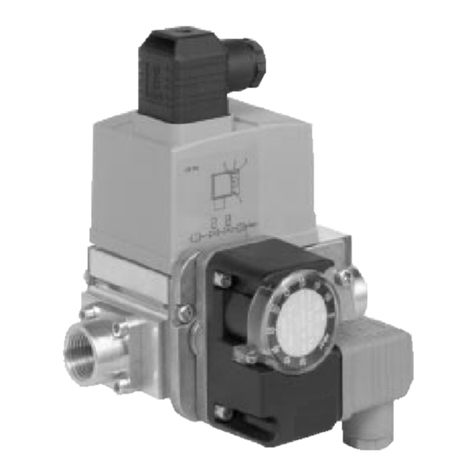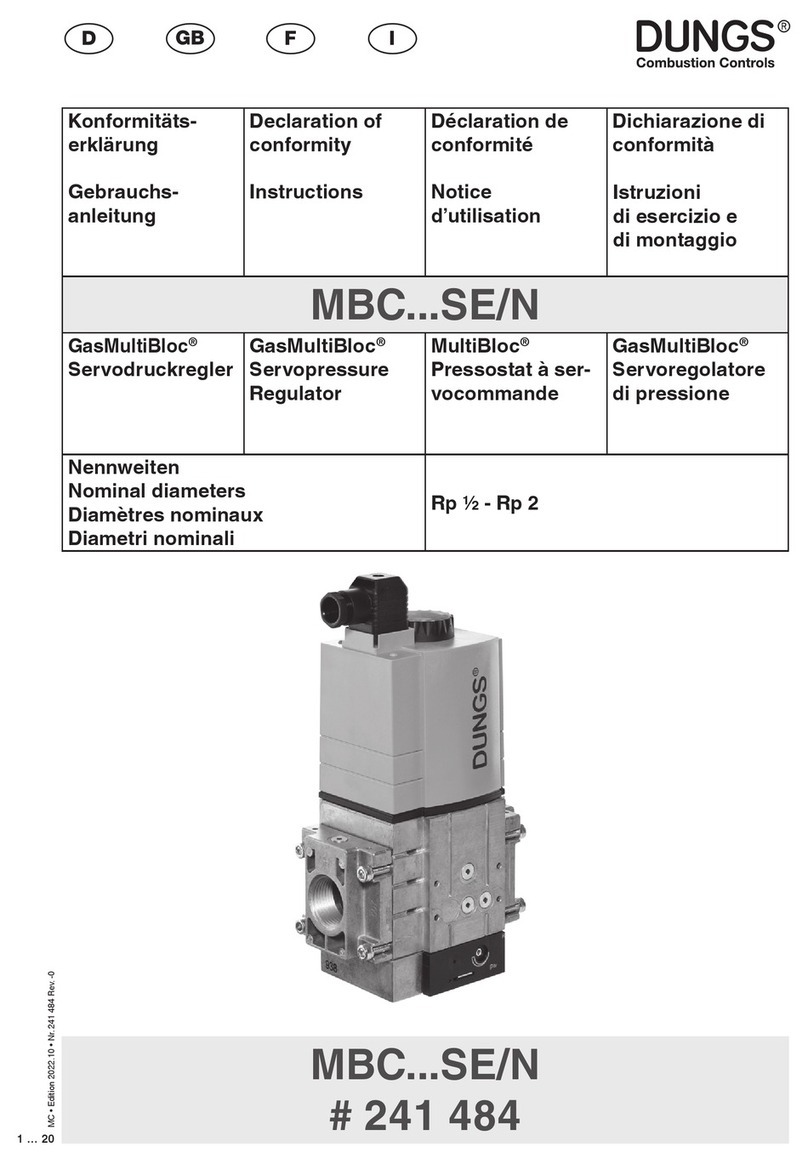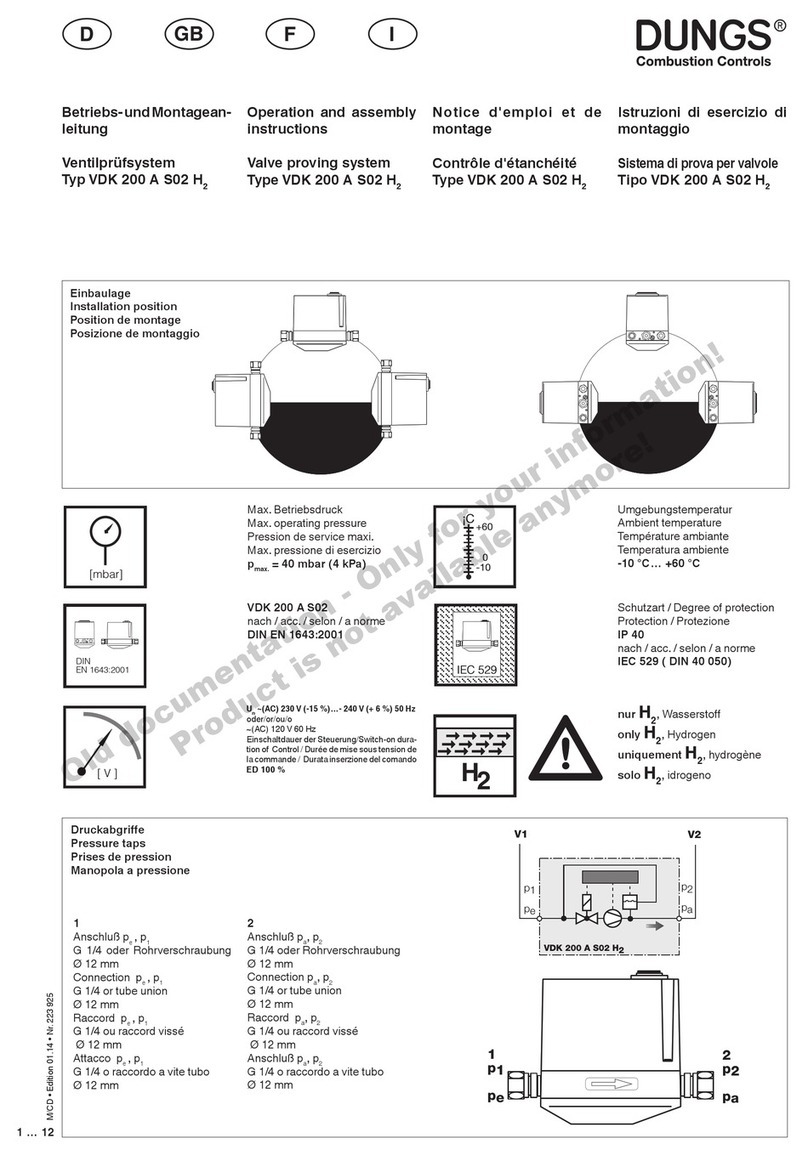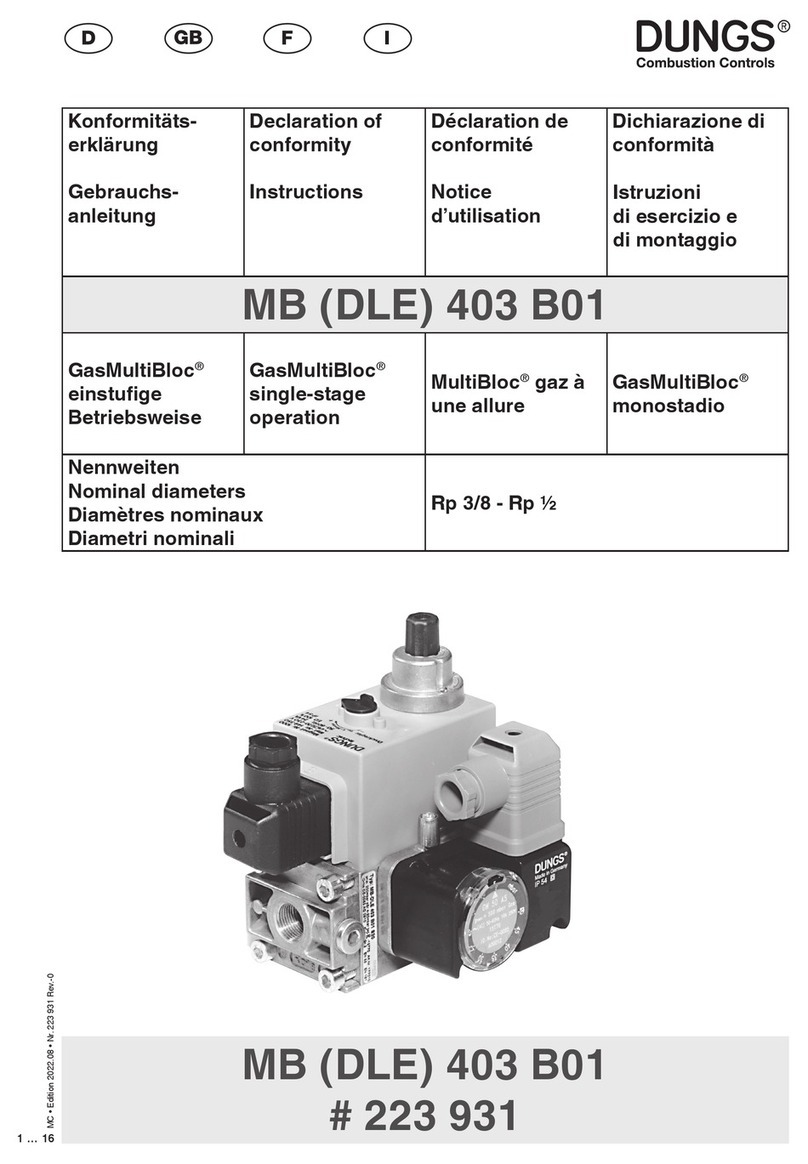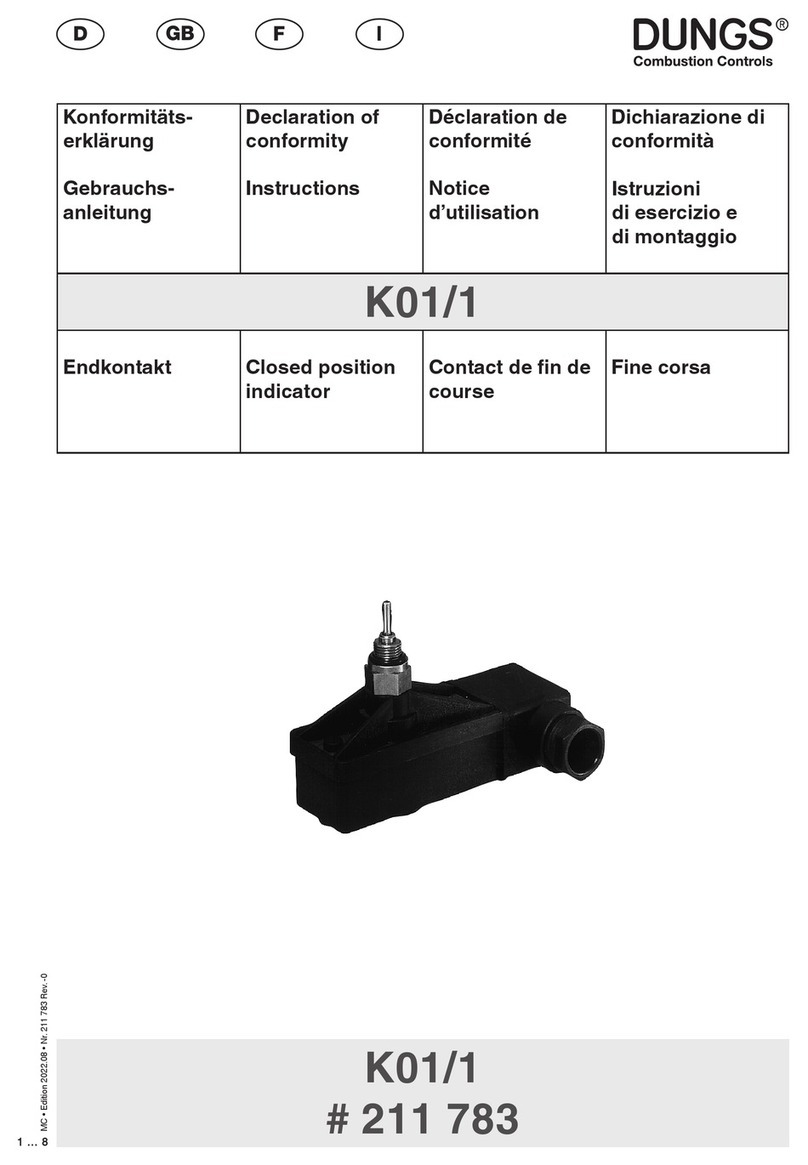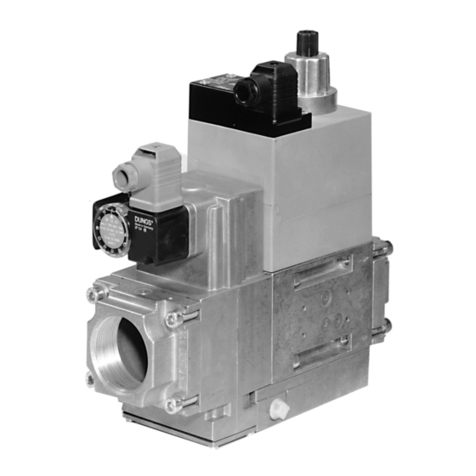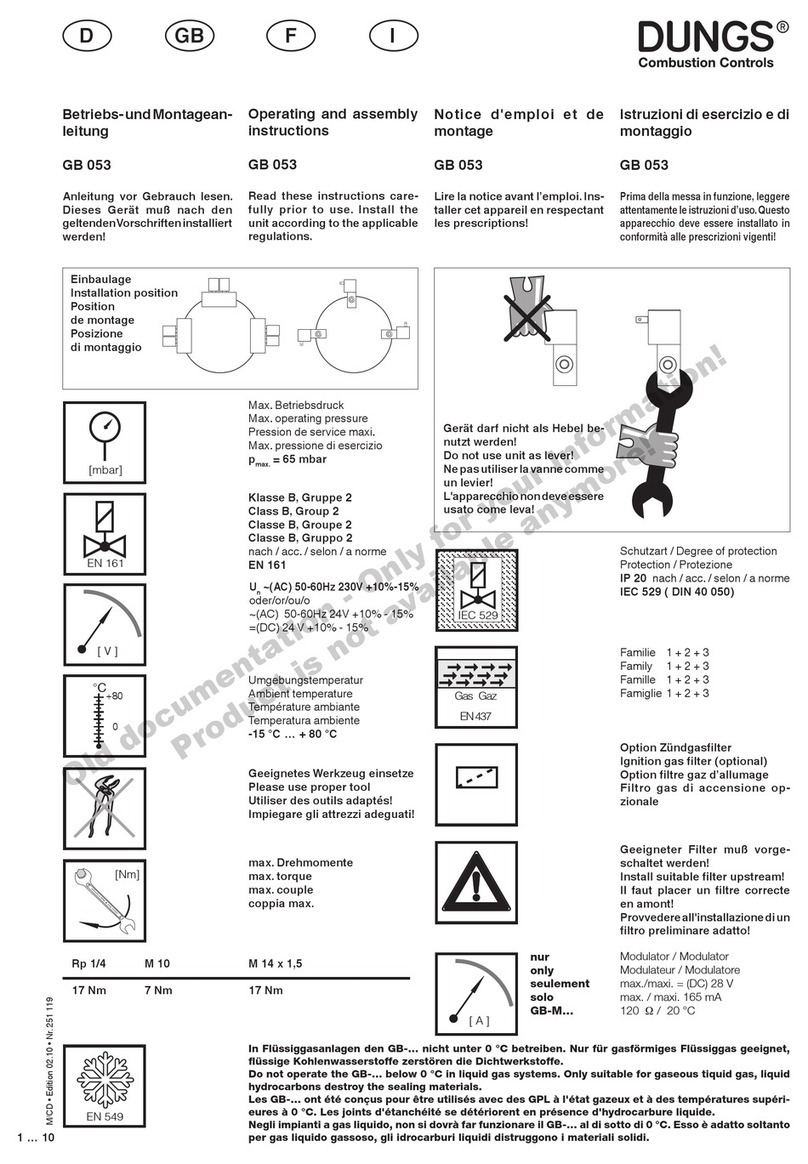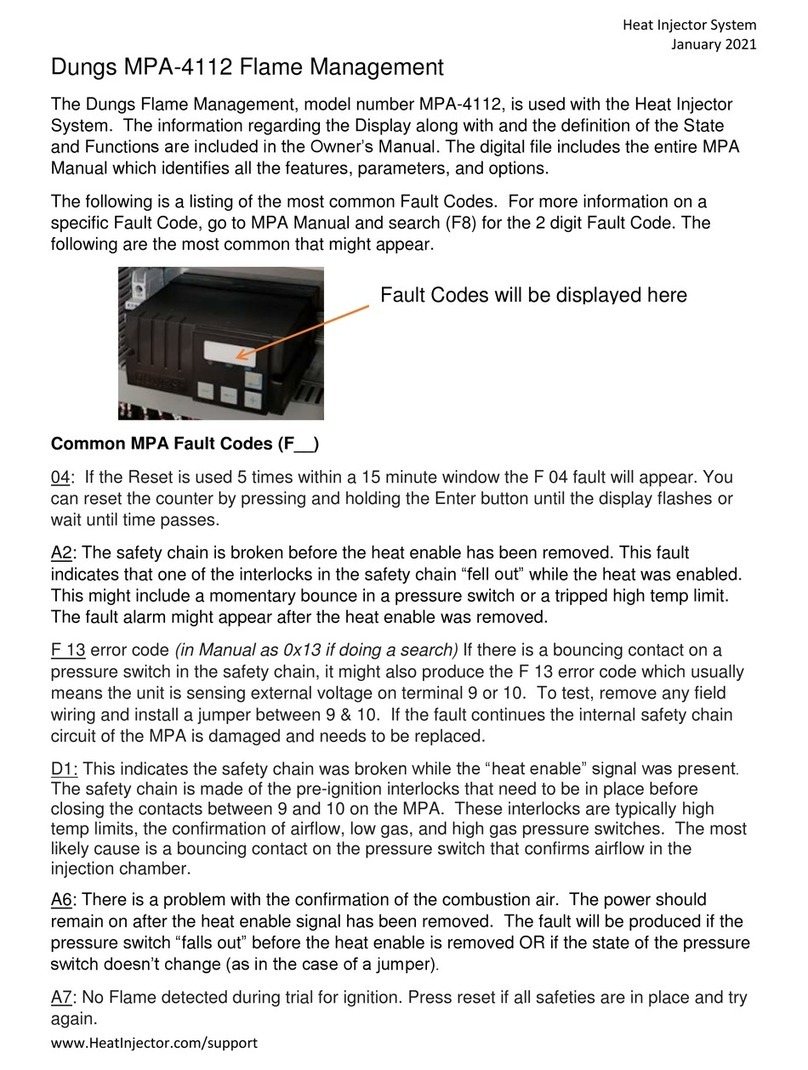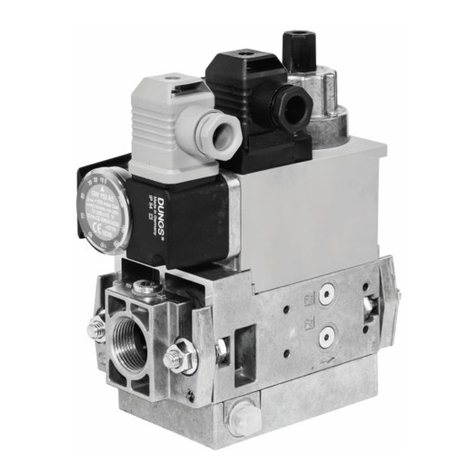Table of contents
1
Introduction and purpose of these operating instructions.............................................................3
2
General safety instructions..........................................................................................................4
3
Systemoverview.........................................................................................................................6
3.1 Functional description ..........................................................................................................6
3.2 Intended use and misuse.....................................................................................................8
3.3 Technical data .....................................................................................................................9
3.4 Function of the control unit.................................................................................................12
4
Transport and storage...............................................................................................................13
5
Installation and commissioning..................................................................................................13
5.1 Scope of delivery................................................................................................................13
5.2 Integration into the machine...............................................................................................14
5.3 Checking the installation ....................................................................................................16
5.4 Commissioning ..................................................................................................................17
6
Manufacturer settings................................................................................................................19
7
Operation..................................................................................................................................20
8
Product and capacity changes ..................................................................................................21
9
Maintenance and servicing........................................................................................................21
10
Cleaning ...................................................................................................................................22
11
Malfunctions..............................................................................................................................22
12
Decommissioning and disposal.................................................................................................22
13
Documents and drawings..........................................................................................................23
List of illustrations
Table 1: Standard versions of the HeatEngine ......................................................................................7
Table 2: Flame length of the standard versions...................................................................................10
Table 3: Default setting of important MPA parameters ........................................................................10
Table 4: Standard values for setting the main volume throttle .............................................................20
Table 5: Service life of the components...............................................................................................21
Figure 1: P&ID diagram of the HeatEngine............................................................................................6
Figure 2: Type code of the HeatEngine.................................................................................................9
Figure 3: Mounting flange and seals of the HeatEngine (left: line-style burner, right: point-style burner)
............................................................................................................................................................14
Figure 4: HeatEngine in process chamber with outer and inner lining/insulation (line-style burner
system) ...............................................................................................................................................15
Figure 5: HeatEngine in process chamber with outer and inner lining/insulation (point-style burner
system) ...............................................................................................................................................15
Figure 6: Diagram for setting the main volume throttle ........................................................................19
